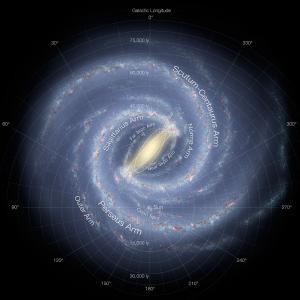Our planet, Earth, feels vast and immense to us. Yet, when viewed in the context of our solar system and beyond, its size diminishes dramatically. This exploration delves into the relative size of Earth compared to other planets, unveiling the sheer scale of our cosmic neighborhood.
We’ll start with a familiar comparison: the Earth and the Moon. Earth’s diameter is approximately 12,756 km. The Moon, with a diameter of 3,475 km, is roughly a quarter the size of Earth. To visualize this, if Earth were the size of a pea (5mm), the Moon would be just 1.4mm, slightly larger than a pinhead. Their relative distance, using this scale, would be about the length of a pen (151mm), demonstrating the vast emptiness even within our immediate celestial vicinity.
Expanding our perspective to include the Sun, the differences become even more pronounced. The Sun’s diameter is a staggering 1,391,016 km, 109 times larger than Earth. In our pea-sized Earth model, the Sun would be a massive 545mm sphere, comparable to a large beach ball, located roughly 58.6 meters away. This distance, representing one Astronomical Unit (AU), the average distance between the Earth and the Sun, highlights the vastness of the solar system.
Inner vs. Outer: A Tale of Two Scales
The inner, rocky planets – Mercury, Venus, Earth, and Mars – are dwarfed by the outer gas giants – Jupiter, Saturn, Uranus, and Neptune.
Mercury, the smallest planet, is only slightly larger than our Moon. Venus, nearly Earth-sized, orbits the Sun at a distance of 0.72 AU. Mars, about half the size of Earth, lies 1.52 AU from the Sun. The asteroid belt, home to dwarf planet Ceres, marks the boundary between the inner and outer solar systems.
Venturing further, we encounter the colossal gas giants. Jupiter, the largest planet, has a diameter 11 times greater than Earth. Saturn, renowned for its rings, is slightly smaller but still dwarfs our planet. Uranus and Neptune, often called ice giants, are each roughly four times the size of Earth. These giants reside at significantly greater distances from the Sun, with Jupiter at 5.20 AU and Neptune at a distant 30.05 AU.
Beyond the Solar System: Dwarfed by Distance
Even the vast distances within our solar system pale in comparison to the interstellar void. The nearest star, Proxima Centauri, is 4.25 light-years away, a distance equivalent to 268,000 AU. Using our scaled-down model, if the Sun were a 5mm sphere, Proxima Centauri, itself a small red dwarf star, would be 145 kilometers away!
Our Sun resides within the Milky Way galaxy, a colossal structure at least 100,000 light-years across. The Andromeda Galaxy, our nearest major galactic neighbor, lies a staggering 2.5 million light-years away. These immense distances emphasize the truly mind-boggling scale of the cosmos and how incredibly small Earth is in comparison.
 Figure 7. An artist’s impression of the Milky Way galaxy with the Sun below centre.
Figure 7. An artist’s impression of the Milky Way galaxy with the Sun below centre.
Conclusion: A Humble Perspective
This journey through the cosmos reveals a humbling truth: Earth, despite its significance to us, is a tiny speck within the vast expanse of the universe. Understanding the relative size of Earth compared to other planets and celestial bodies offers a profound perspective on our place in the cosmos, inspiring awe and wonder at the sheer immensity of it all.